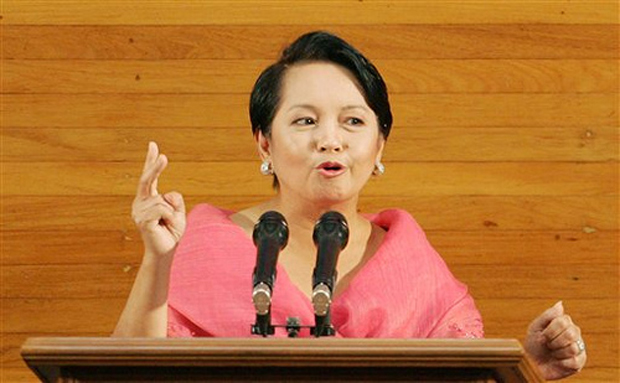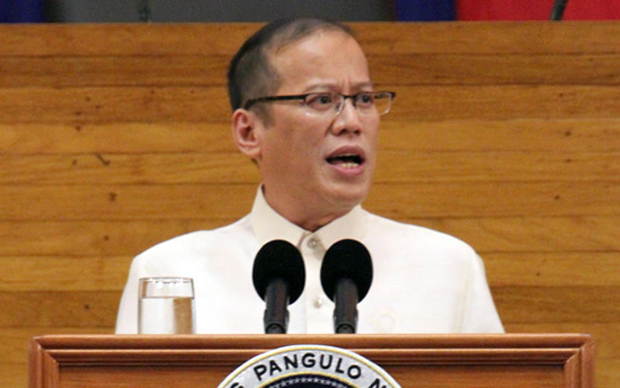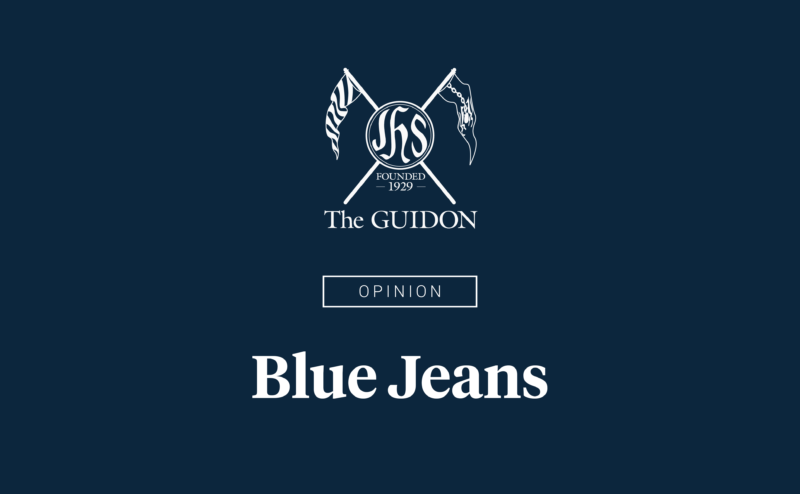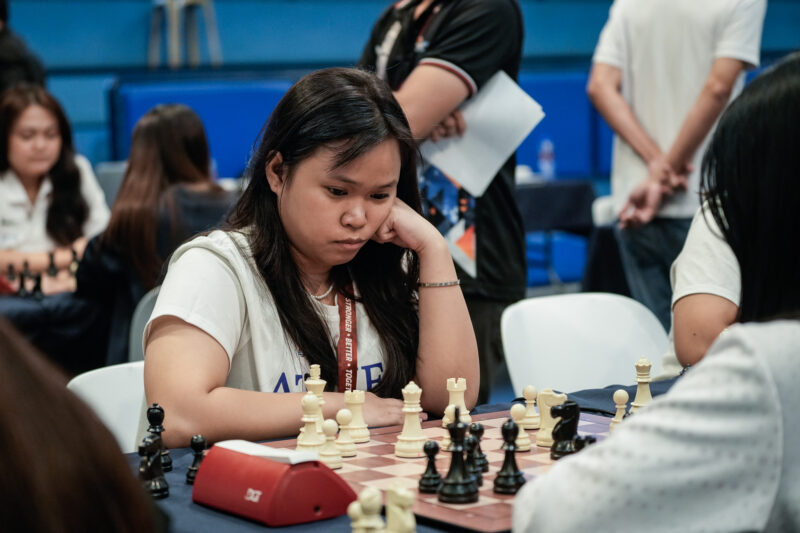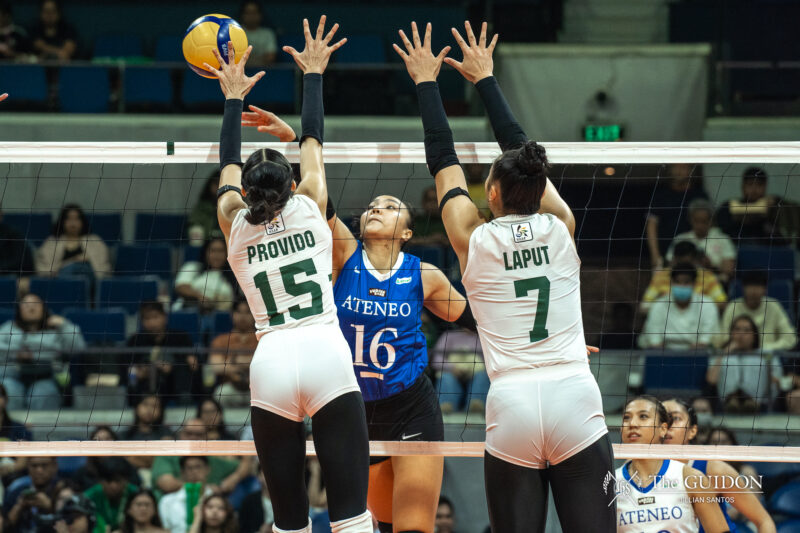ONCE EVERY year, Filipinos go out of their way to witness one of the country’s most important occasions, where government officials and honored guests gather to hear the president deliver the State of the Nation Address (SONA) to a joint session of Congress.
However, even with President Benigno S. Aquino III’s most recent SONA delivered last July 25, there still remains considerable doubt about our country’s eventual destination.
Departure and arrival
Expectations, disappointments, and everything in between—these highlighted Aquino’s second SONA, where he outlined yet another map for our country’s future. While still mentioning the battle against corruption, he also spoke of new apprehensions and goals that Filipinos have yet to think over.
Stating his plan to focus on indicators of progress such as achieving rice self-sufficiency, protecting Philippine sovereignty, creating sufficient jobs for the people, and quashing human trafficking, Aquino once again inspired the masses to hopeful anticipation.
However, critics have attacked Aquino by comparing or contrasting him with former President Gloria Macapagal-Arroyo. Arroyo’s allies claim that although Arroyo’s term was tinged with issues of corruption, at least it saw significant growth in the country’s economy.
On the other hand, many critics from the left claim that Aquino is no different from Arroyo in failing to end the military’s human right violations or in failing to pursue important issues such as agrarian reform or the freedom of information. They also lambast him for failing to ensure the delivery of basic social services, such as higher education.
Result versus process
Anne Candelaria, who teaches public management with the Ateneo Political Science Department, differentiates the two presidents in terms of leadership approach. “If you read the SONAs of [Arroyo], most of them actually focused on results,” she says. However, she adds that there was less emphasis on the process of policy-making during the Arroyo administration.
Candelaria thinks that for Aquino, processes are more important than results. “Kaya niya sinasabi yung matuwid na daan. (That’s why he keeps mentioning the righteous path.) It’s a strategy—that we can never achieve a result, whatever that is, unless we fix the road that leads to it.” She explains that this can be the reason why there seems to be slow progress in the current administration.
Candelaria further elaborates that since Arroyo and Aquino are different in how they see themselves as leaders, it is not completely fair to compare them side-by-side.
Seemingly forgotten
As Aquino attempts to rebuild the government, it is perhaps timely for him to turn his head towards a significant fraction of society: the youth.
Vic Uy (I BS LM), a candidate during the last freshman elections, thinks that magis is the way to go. “He should start being more concrete of what he envisions for the country,” he explains.
This includes the issues concerning the youth that Aquino must address, such as massive budget cuts in state colleges and universities and the long pending Students’ Rights and Welfare bill. Zian Serranilla (I BS CTM), also a former candidate, agrees with Uy, saying, “The changes and resolutions on problems seem to be in a slow pace, slightly contrary to what I expect from him.”
Presidents come and go but one insight always remains: words never equal actions. The next time our president delivers his SONA in the presence of his constituents, he must remember that his envisioned “state of the nation” will remain merely as words and expectations when it is not matched by action—a highly dangerous picture for a struggling country like ours.
Gloria Macapagal-Arroyo
Jan.2001 – June 2010
Achieved Goals
GDP has averaged 4.8% every year since 2001, higher than her last three predecessors
Investments on agriculture modernization
Lands were distributed to the poor
Housing projects for the poor
Cheaper medicines and health insurance for the poor
Schools were built in barangays, more supplies were provided,and more teachers
Provided electricity in barangays
Hunger went down according to surveys
Stable prices of basic commodities
Anti-terrorism efforts
Remaining Goals
National unity
Fight Poverty
Modernize Agriculture/Land Reform
Generate more jobs
Health programs
More school supplies, classrooms
Charter change
Benigno Aquino III
June 2010 – Present
Achieved Goals
According to SWS there was a decline in hunger
There was a boost in credit ratings, thus lower interest for the country’s debt
Government stopped a number of suspicious projects
Rice shortage was lessened
Lots are distributed to soldiers and police
Decrease in carnapping cases
Unemployment rate dropped
Halt to human trafficking intensified
Remaining Goals
Build a powerplant on Luzon Grid
Rice self-sufficiency
Protect Philippine sovereignty and territory
Solve job mismatch
Build a monorail system

